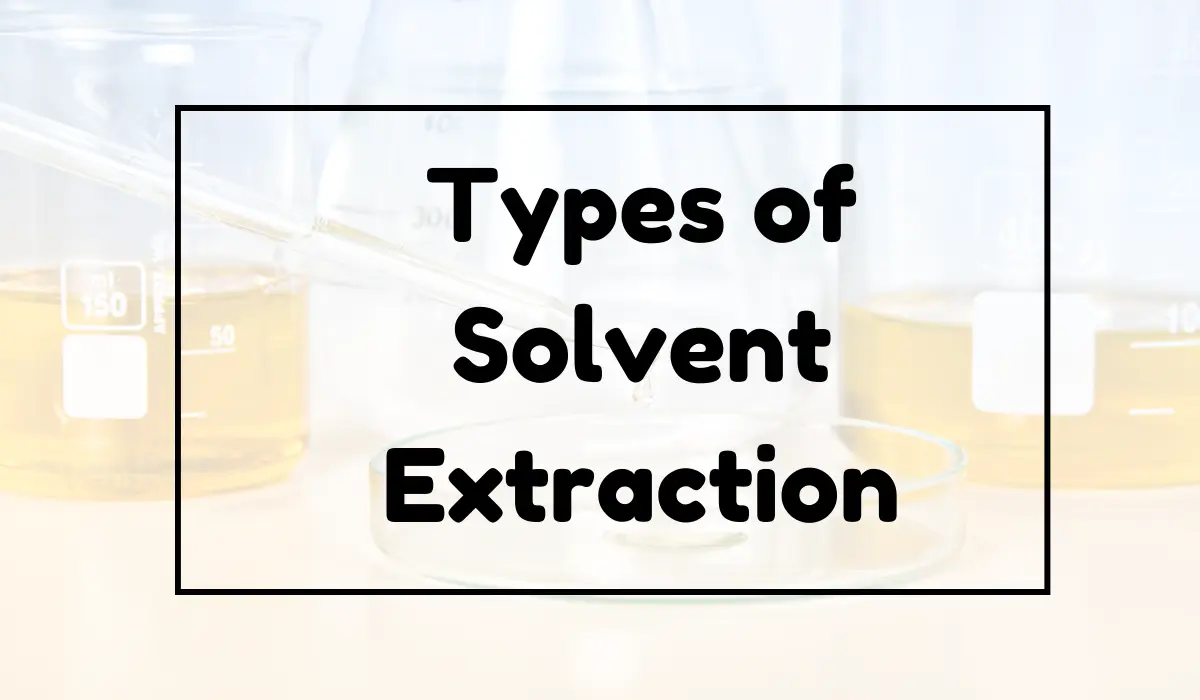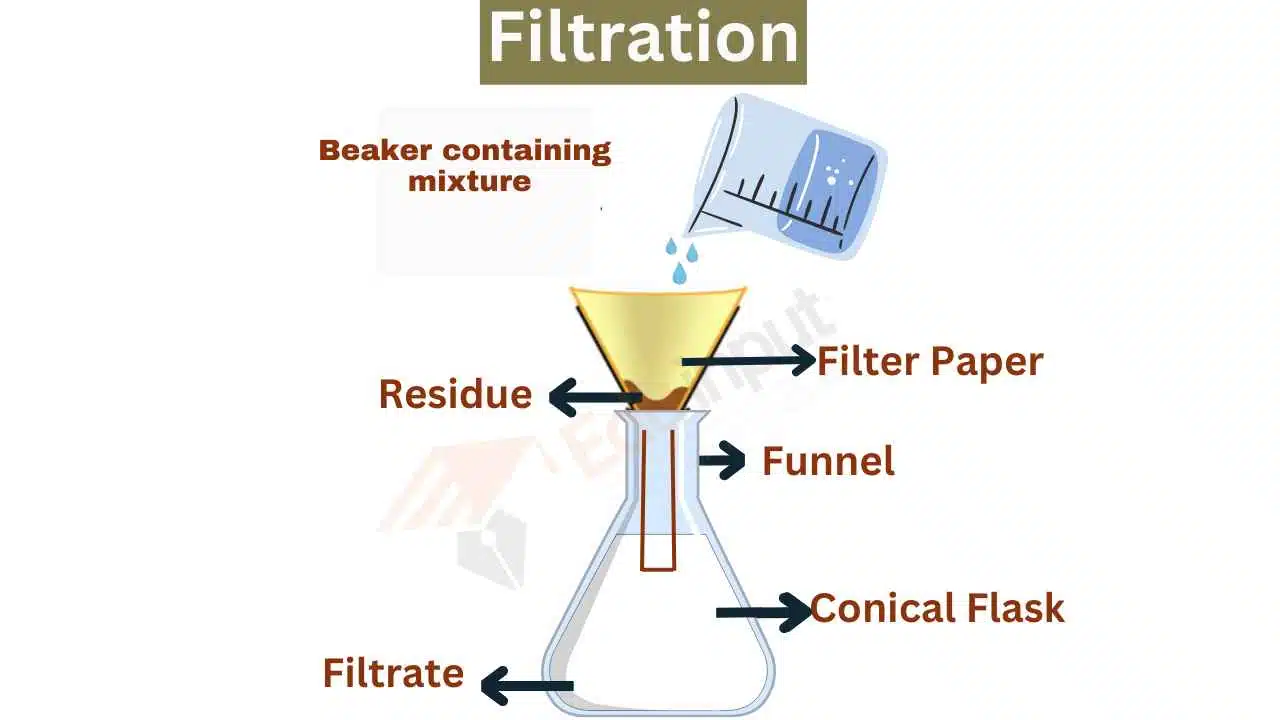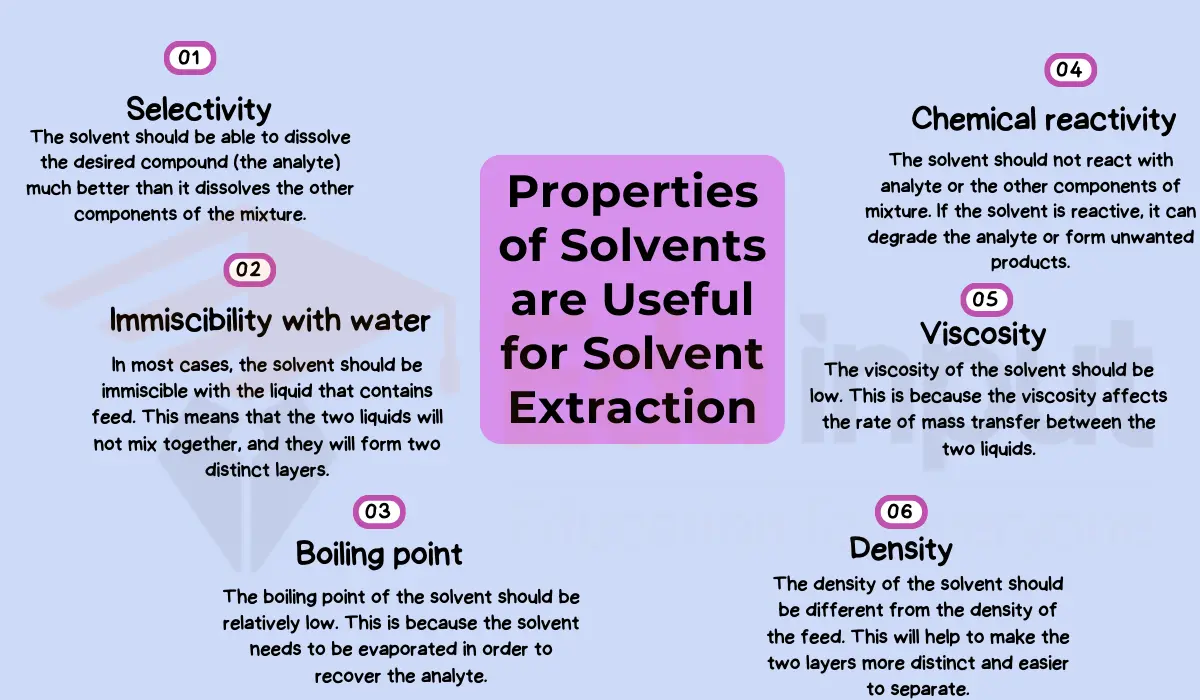Can Crystallization Be Reversed?
Crystallization is a thermodynamically driven process in which atoms, ions, or molecules arrange themselves into a regular, repeating pattern, resulting in the formation of a crystal lattice.
This process typically occurs when a solvent, such as a liquid or gas, becomes saturated with a solute, leading to the precipitation of the solute particles into a solid crystal structure.
Exploring the Factors Influencing the Reversibility of Crystallization
While the spontaneous transformation of crystals back into their original solute state seems unlikely, certain factors can influence the reversibility of crystallization. Let’s explore some of these factors:
1. Temperature:
Temperature plays an important role in the reversibility of crystallization. Heating a crystal increases its internal energy, potentially disrupting the crystal lattice and returning it to its disordered state as a liquid or gas. Cooling the substance once again may initiate crystallization, completing the reversible cycle.
2. Solvents:
The choice of solvent affects the reversibility of crystallization. Different solvents possess varying solubility’s for specific crystals. By selecting a solvent that effectively dissolves the crystal, it becomes possible to reverse the process. For instance, dissolving a sugar crystal in water and then evaporating the water can result in the reformation of sugar crystals.
3. Supersaturation:
Manipulating a solution’s supersaturation level can impact crystallization’s reversibility. Supersaturation occurs when a solution holds more solute than it should theoretically dissolve at a given temperature. By altering the supersaturation conditions, crystals can dissolve or reform. This principle is employed in processes like recrystallization, where a solute is dissolved at high temperatures and then allowed to slowly cool, facilitating the formation of purified crystals.
Examples of Reversibility in Crystallization
1. Salt Crystallization:
can undergo reversible crystallization. When seawater evaporates, the water content reduces, leading to an increase in salt concentration. As saturation is reached, salt crystals begin to precipitate. However, dissolving the salt crystals back into water makes it possible to reverse the process and return to the initial saltwater state.
2. Ice Formation:
Freezing water into ice is a familiar example of reversible crystallization. Cooling liquid water causes the molecules to align and form an ice lattice. When heat is applied, the ice melts, returning to its disordered liquid state.
3. Sugar Crystallization:
Sugar crystallization is reversible, as demonstrated in processes like candy making. Dissolving sugar in hot water creates a supersaturated solution. Upon cooling, the sugar molecules reassemble into crystals. By reheating the sugar solution and evaporating the water, the crystals dissolve, and the sugar returns to a liquid state.
Significance and Applications
Understanding the potential reversibility of crystallization has several practical implications:
1. Material Science:
Reversible crystallization allows for the controlled manipulation of material properties. By inducing reversible crystallization in materials like polymers or metals, scientists can modify their physical characteristics, such as strength, conductivity, or optical properties, for specific applications.
2. Pharmaceuticals:
In pharmaceutical Controlling crystallization is vital for drug development in the pharmaceutical industry.
3. Chemical Processes:
Reversing crystallization can be vital in chemical processes where the recovery and purification of a substance are required. By dissolving crystals and reverting them back to their initial form, researchers can separate and extract valuable compounds more efficiently.







Leave a Reply